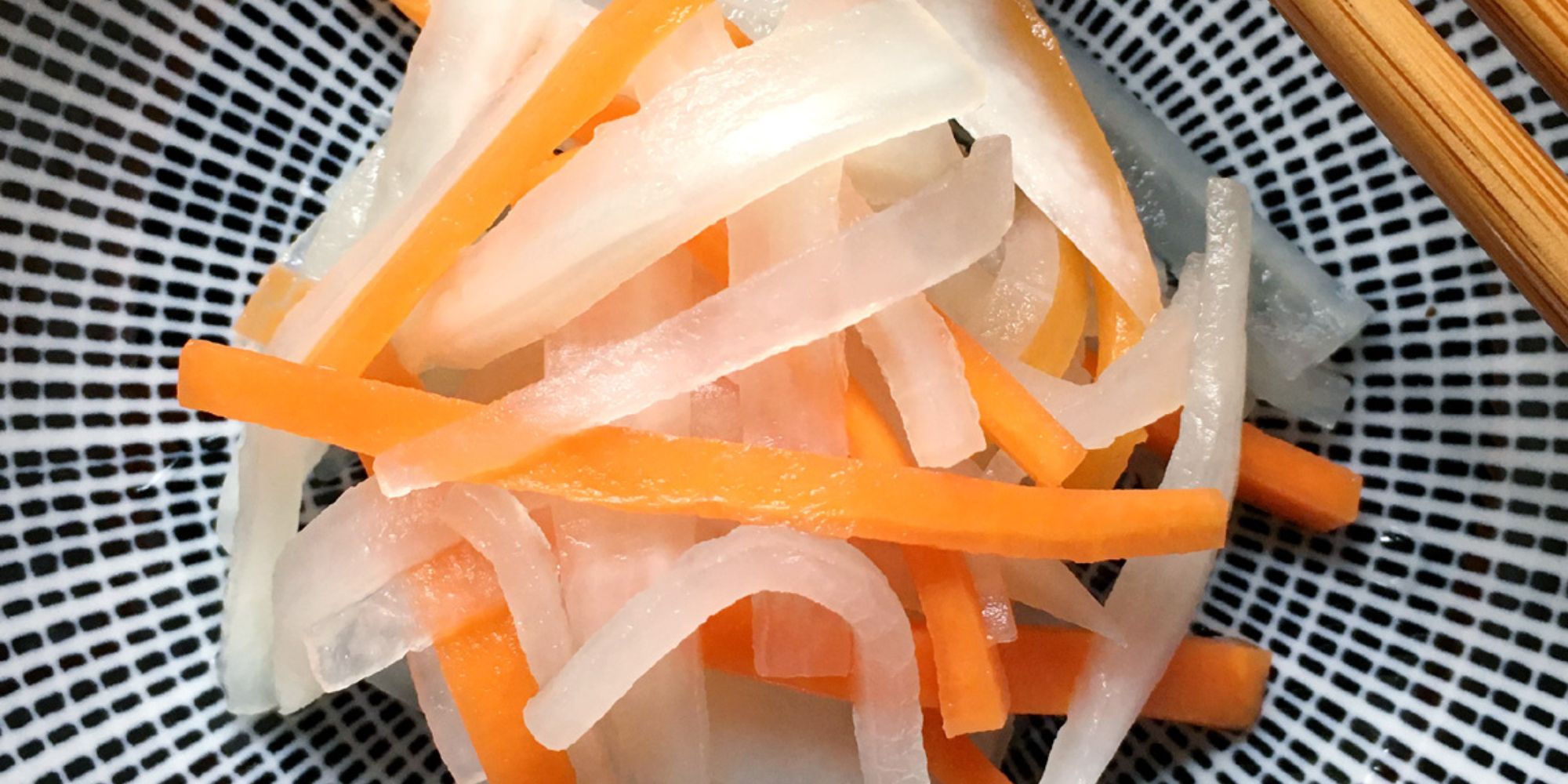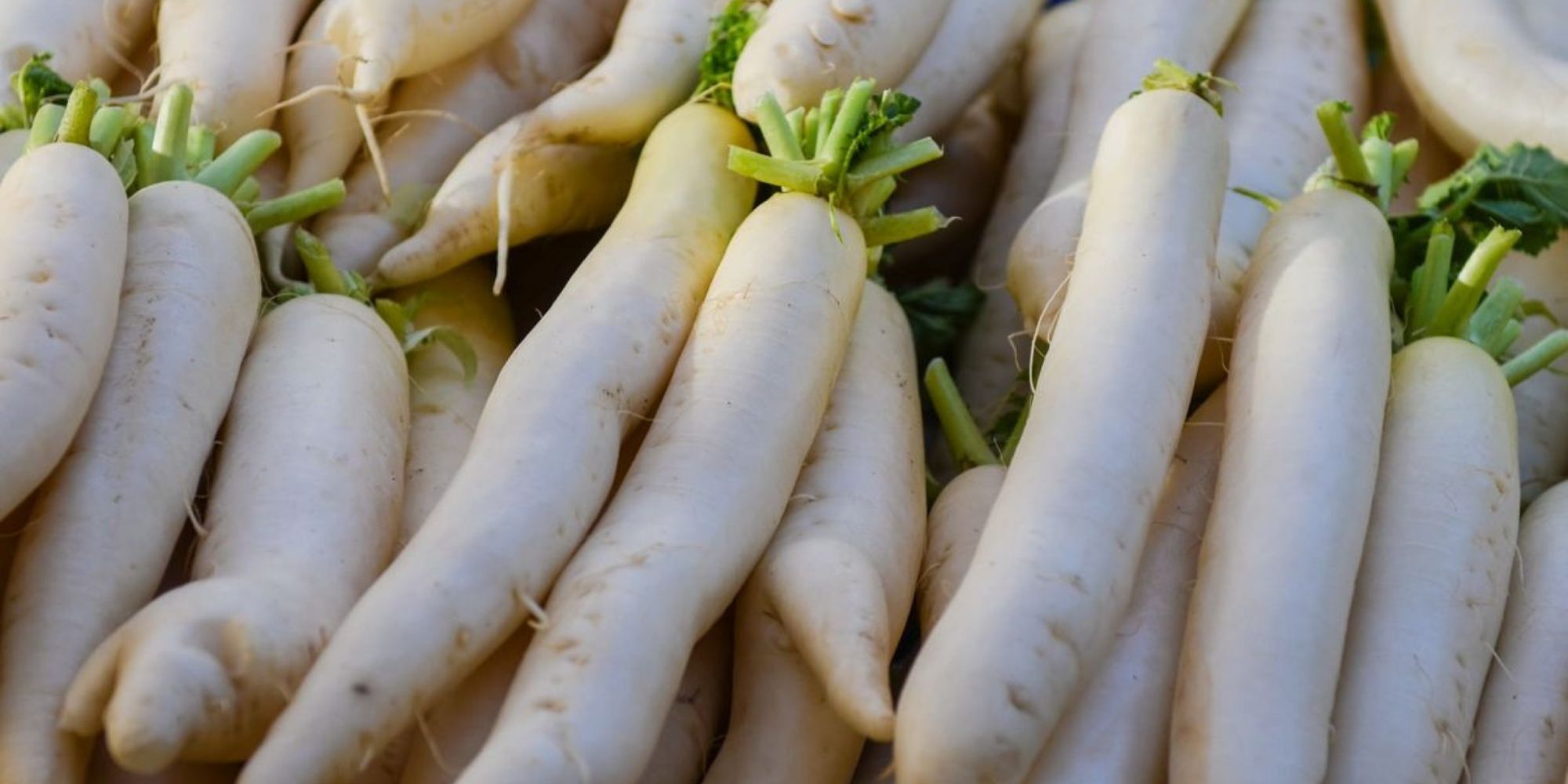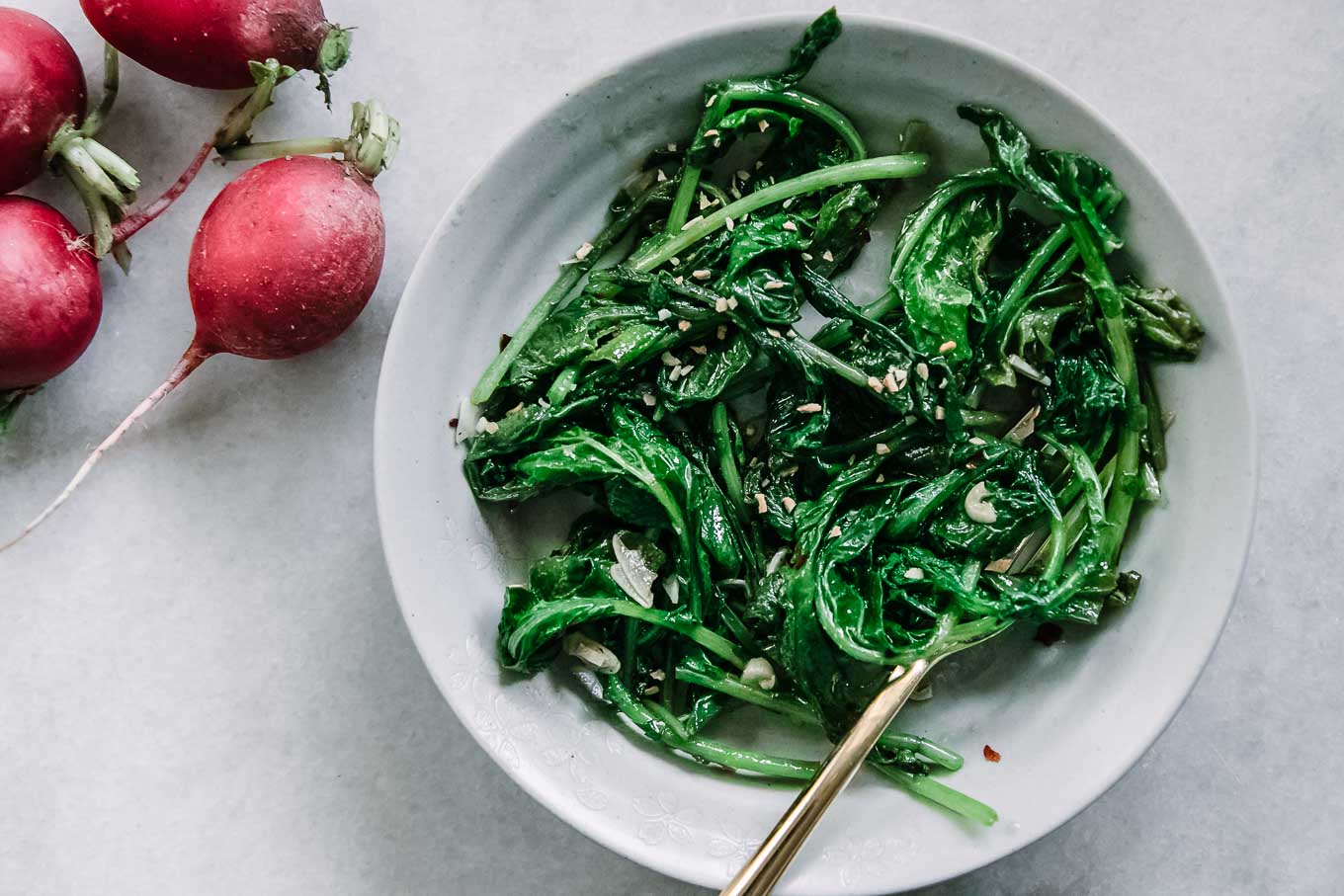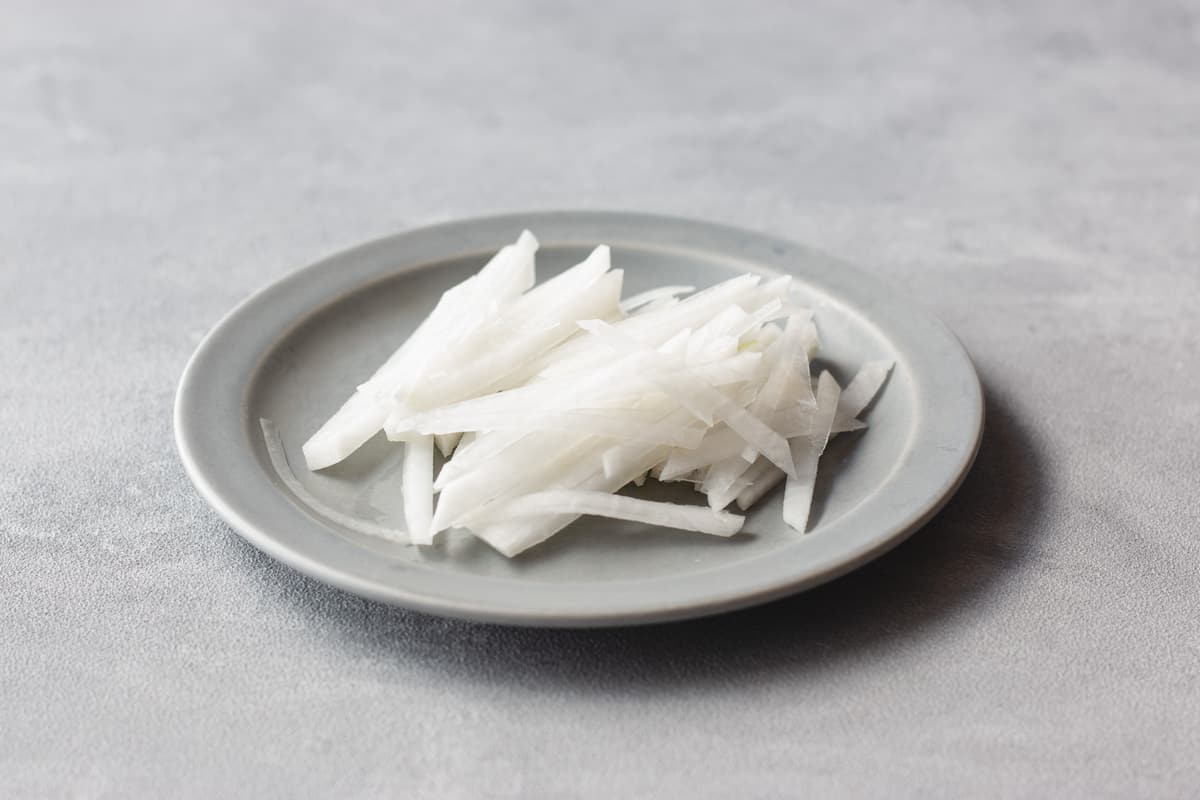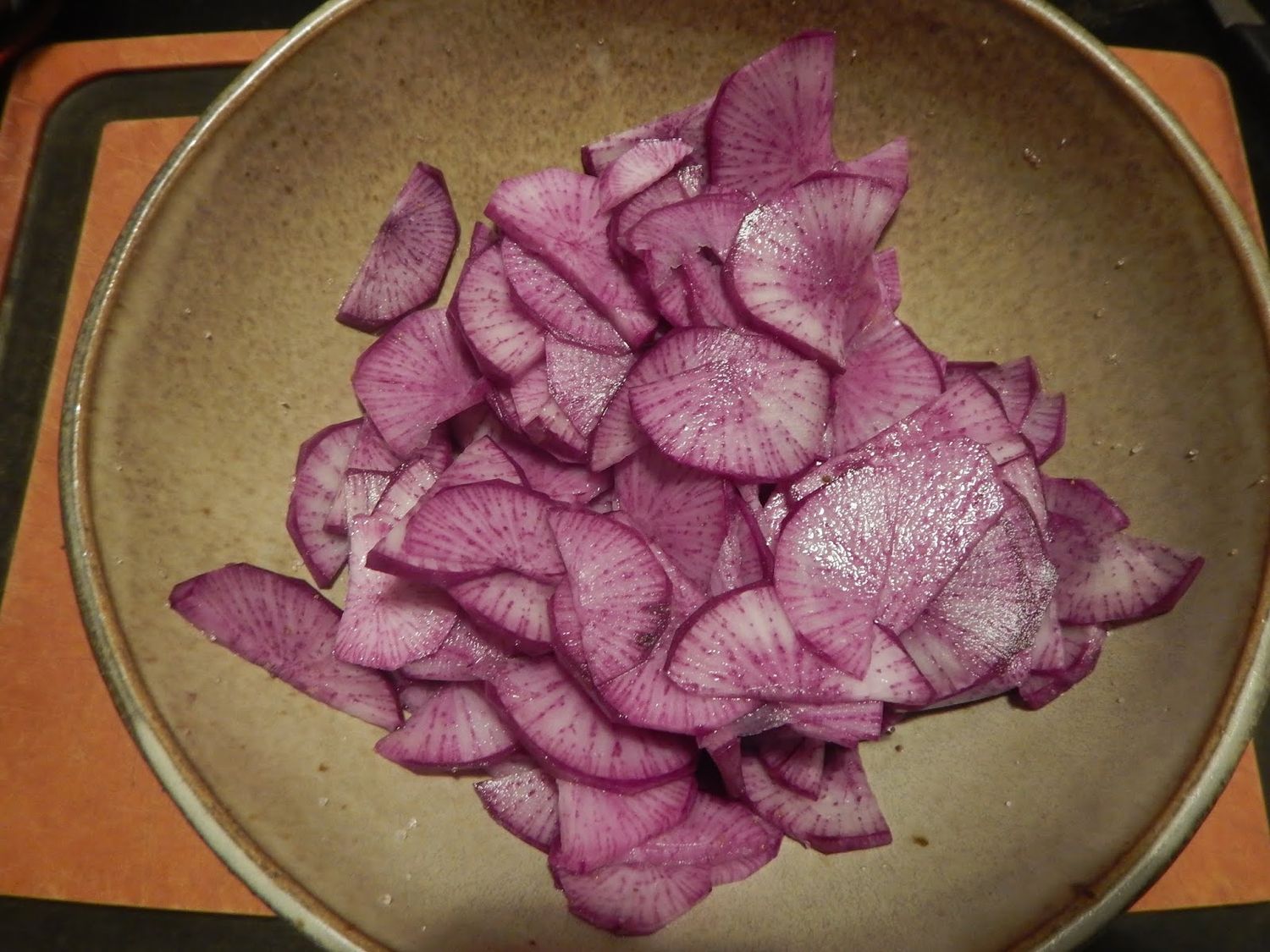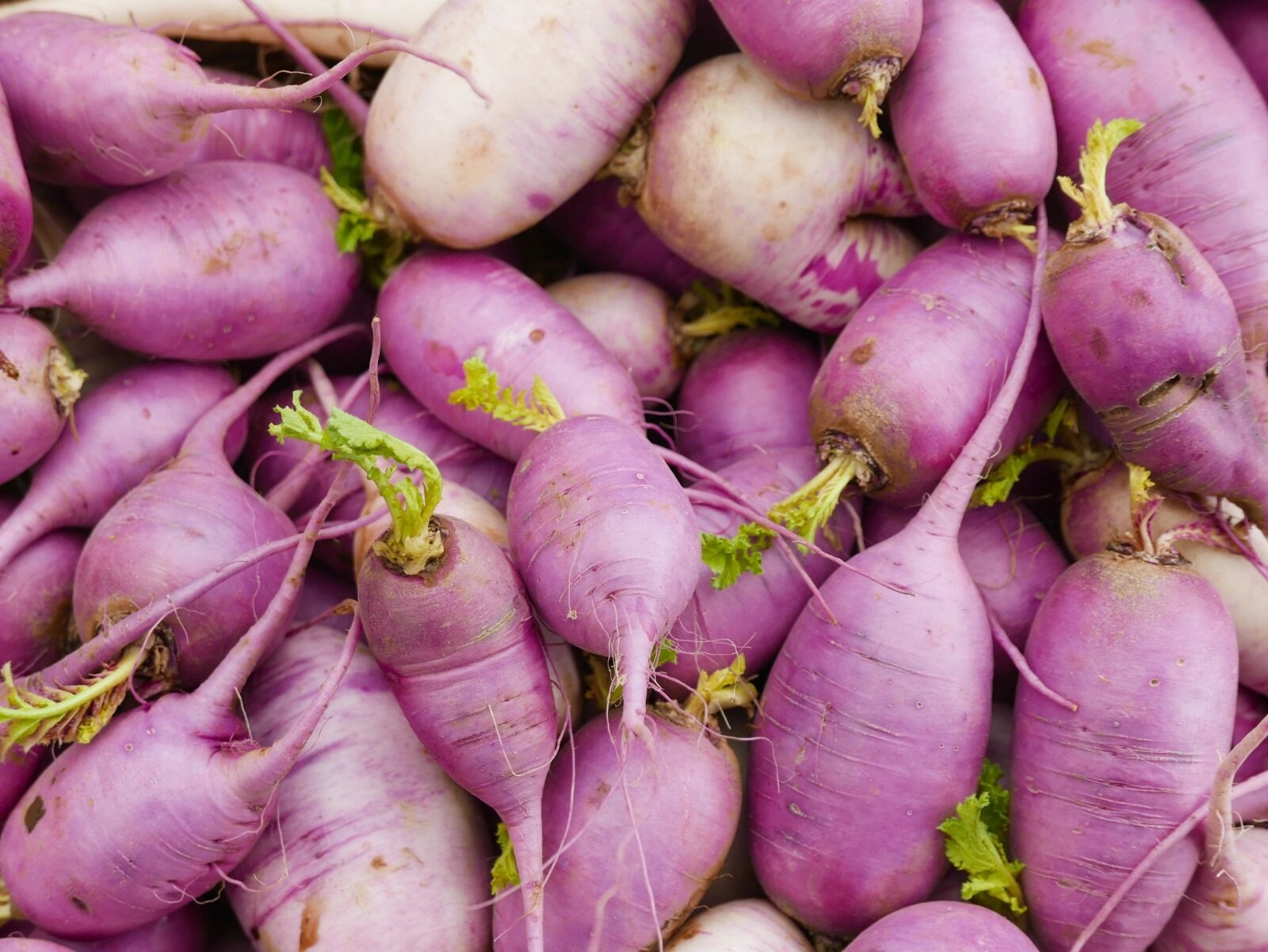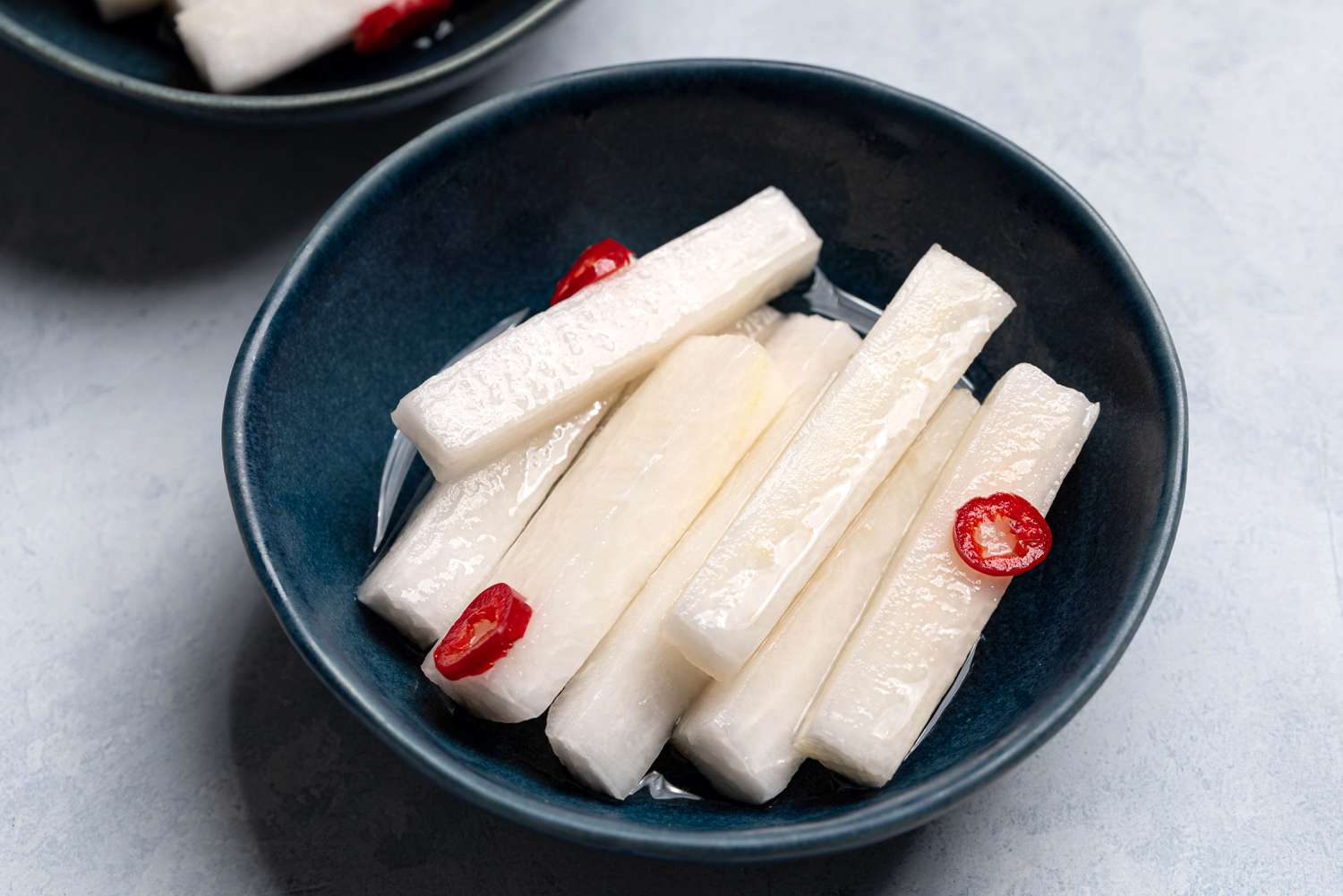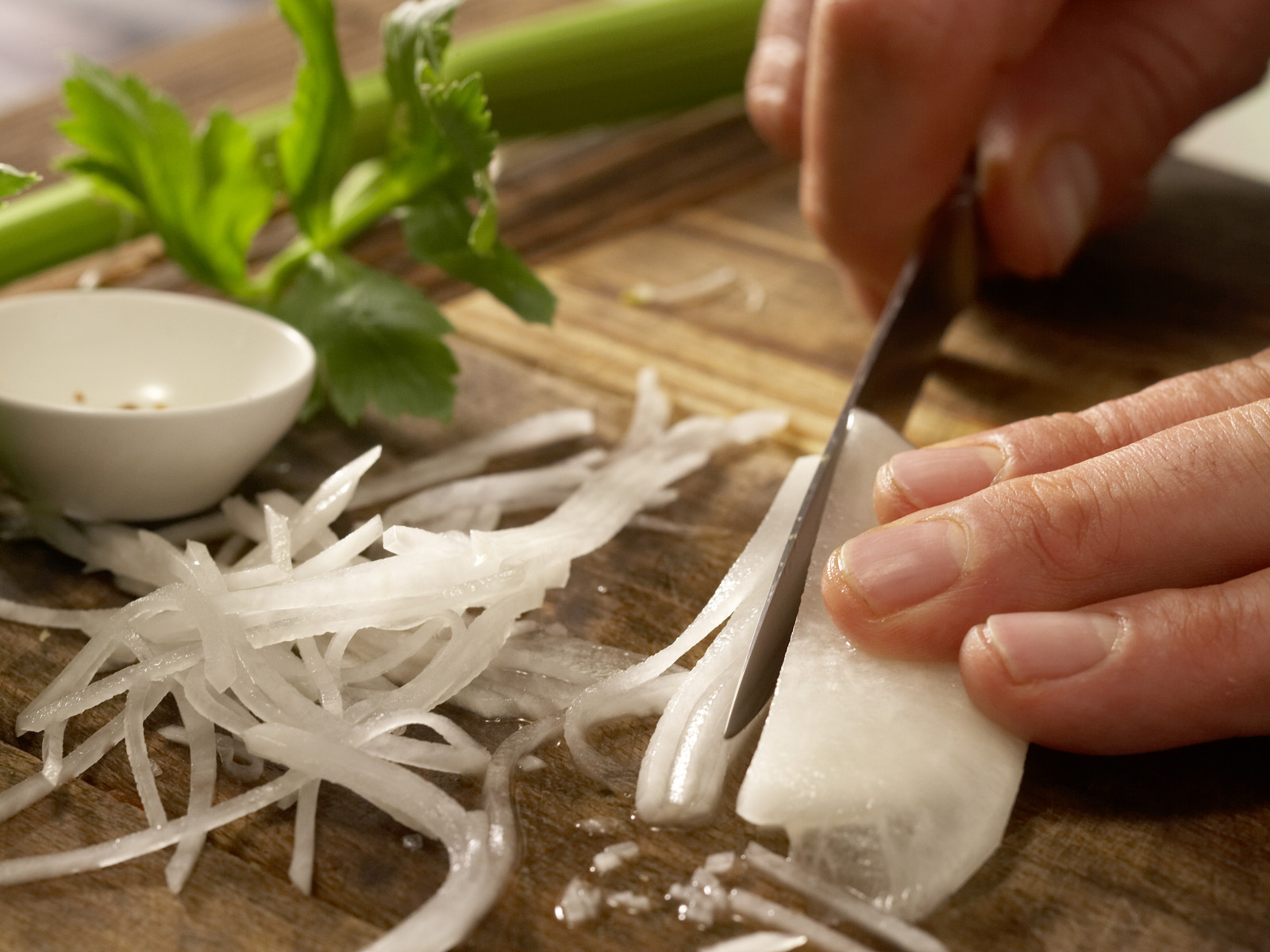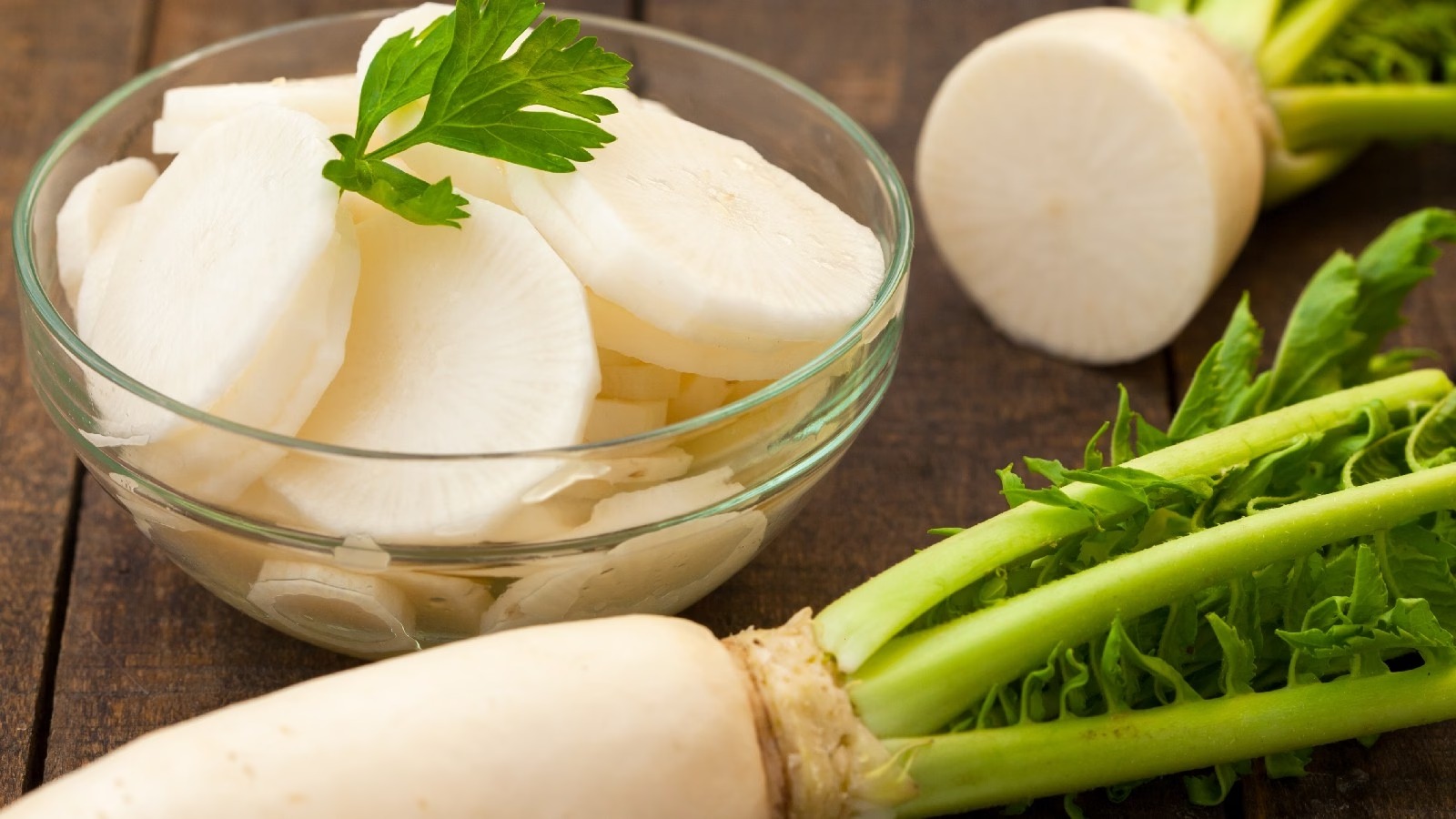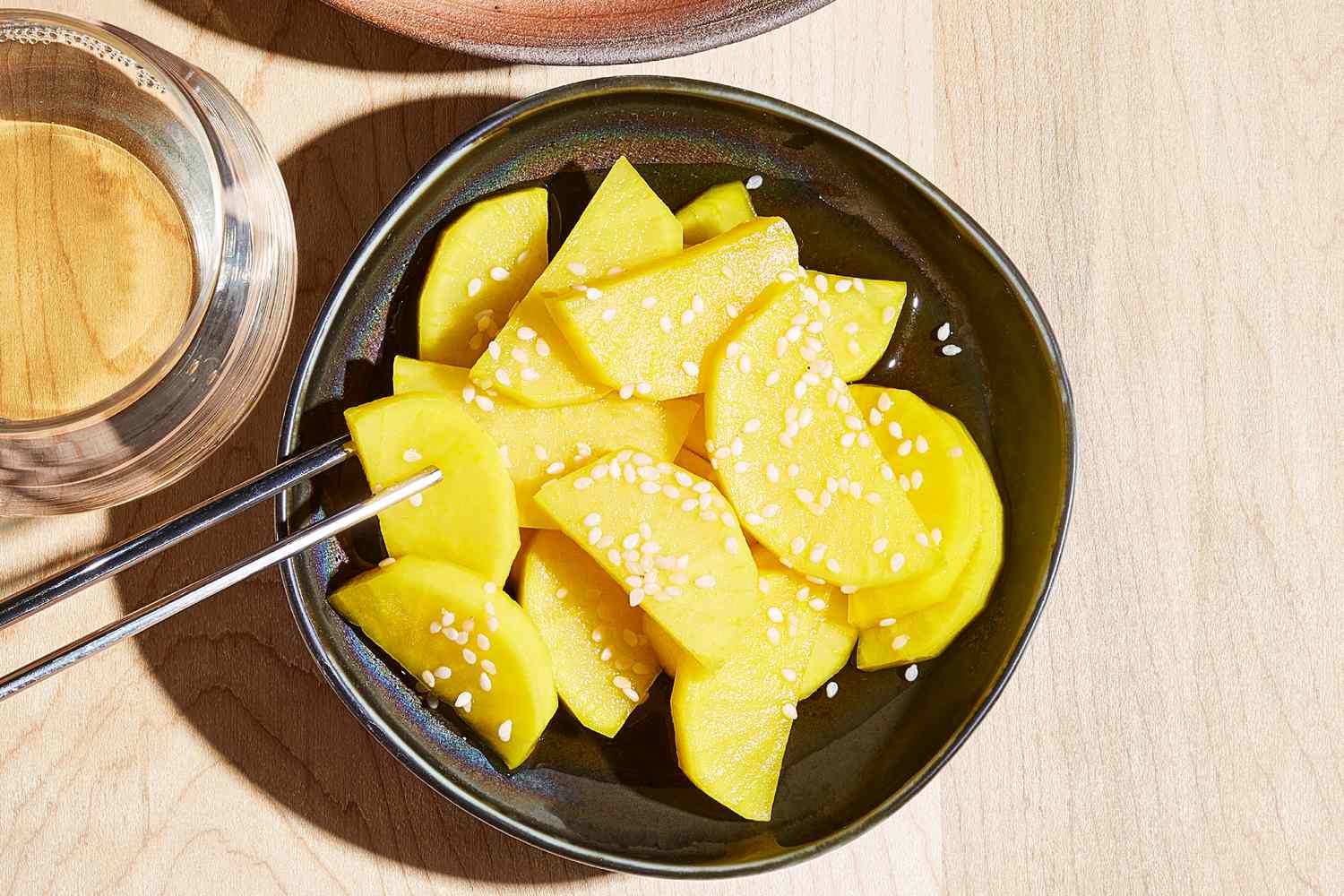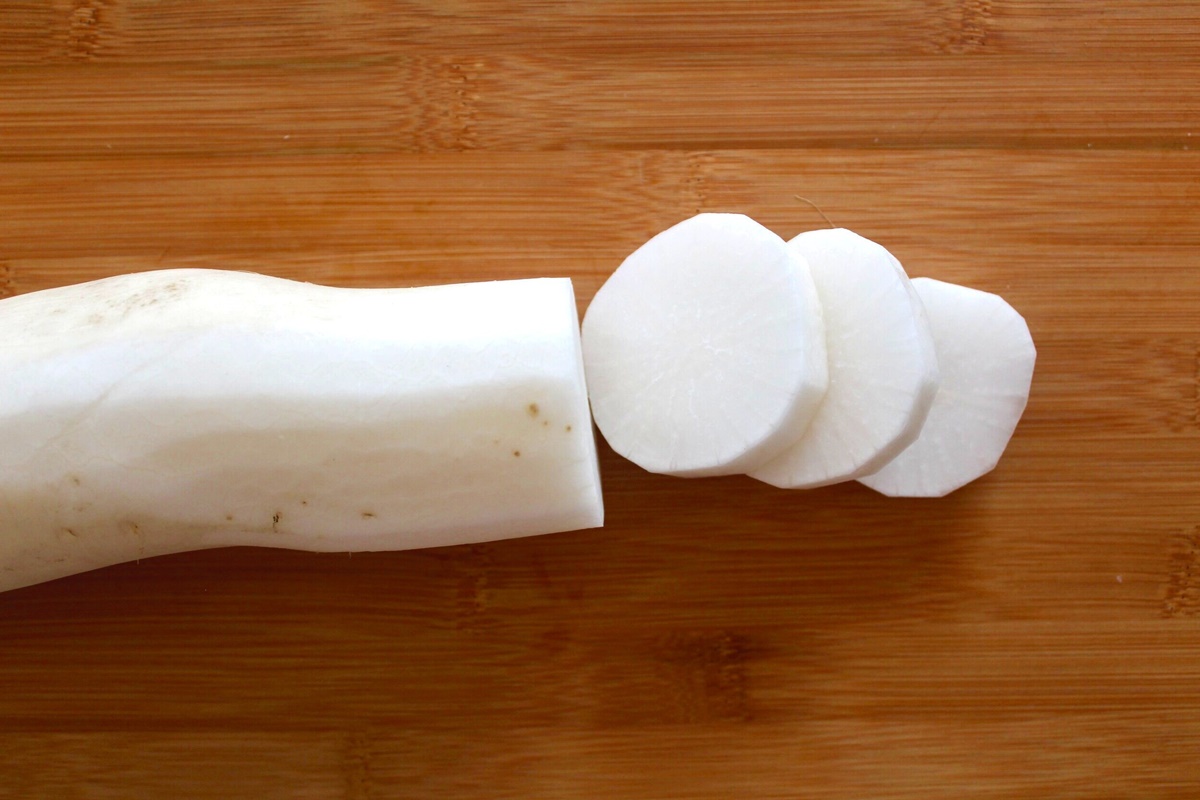Daikon radish, a staple in Asian cuisine, offers a crisp texture and mild flavor that can transform many dishes. Often overlooked, this versatile root vegetable can be used in creative ways beyond traditional salads and soups. From pickling to roasting, daikon radish can add a unique twist to your meals. Whether you're looking to add crunch to a stir-fry or make a refreshing slaw, daikon radish is a fantastic ingredient to experiment with in the kitchen. Let's explore some innovative methods to incorporate this nutritious vegetable into your cooking repertoire.
Essential Ingredients for Cooking with Daikon Radish
Daikon Radish Salad
- 1 large daikon radish
- 2 medium carrots
- 1 cucumber
- 3 green onions
- 1 tablespoon soy sauce
- 1 tablespoon rice vinegar
- 1 teaspoon sesame oil
- 1 teaspoon sugar
- 1 tablespoon sesame seeds
- Salt to taste
Daikon Radish Soup
- 1 large daikon radish
- 1 medium potato
- 1 onion
- 2 cloves garlic
- 4 cups vegetable broth
- 1 tablespoon olive oil
- 1 teaspoon salt
- 1/2 teaspoon black pepper
- 1/4 cup chopped parsley
Daikon Radish Pickles
- 1 large daikon radish
- 1 cup rice vinegar
- 1/2 cup water
- 1/2 cup sugar
- 1 tablespoon salt
- 1 teaspoon turmeric (optional)
- 2 cloves garlic (optional)
- 1 small chili pepper (optional)
Daikon Radish Stir-Fry
- 1 large daikon radish
- 1 bell pepper
- 1 carrot
- 1 onion
- 2 cloves garlic
- 2 tablespoons soy sauce
- 1 tablespoon oyster sauce
- 1 teaspoon sesame oil
- 1 tablespoon vegetable oil
- 1/2 teaspoon red pepper flakes (optional)
- 1/4 cup chopped green onions
Must-Have Tools for Daikon Radish Recipes
Tools Needed to Cook with Daikon Radish
- Chef's Knife: For slicing, dicing, and julienning the radish.
- Cutting Board: A sturdy surface to chop the radish.
- Peeler: To remove the skin of the radish.
- Mandoline Slicer: For uniform, thin slices.
- Grater: Useful for creating fine shreds.
- Mixing Bowls: To combine ingredients.
- Measuring Cups and Spoons: For accurate ingredient measurements.
- Large Pot: For boiling or making soups.
- Steamer Basket: To steam the radish.
- Skillet or Wok: For stir-frying.
- Baking Sheet: If roasting the radish.
- Parchment Paper: To line baking sheets.
- Tongs: For handling hot food.
- Spatula: For stirring and flipping.
- Colander: To drain water after boiling.
- Blender or Food Processor: For making purees or sauces.
- Mortar and Pestle: To grind spices or make pastes.
- Serving Dishes: To present the finished dish.
Grate daikon radish into salads for a crisp texture. Roast slices with olive oil and herbs for a savory side dish. Pickle thin strips for a tangy, crunchy snack.
The Benefits of Incorporating Daikon Radish into Your Diet
Daikon radish offers a crisp texture and mild flavor, making it versatile in many dishes. Its low-calorie content and high fiber help with digestion.
Cooking with daikon radish adds a nutritious boost to meals. Its vitamin C and antioxidants support immune health. Plus, it’s easy to incorporate into various recipes.
Your Guide to Mastering Daikon Radish Dishes
-
Selecting Daikon: Start with fresh, firm daikon radish. Look for ones with smooth skin and no soft spots. Size can vary, but freshness is key.
-
Preparation: Wash your daikon radish thoroughly under cold water. Peel off the skin using a vegetable peeler or a sharp knife. Depending on your cooking method, you may slice, dice, julienne, or grate the daikon.
-
Roasting: Preheat your oven to 400°F (200°C). Cut daikon into half-inch thick rounds or cubes. Toss with olive oil, salt, and pepper. Spread on a baking sheet in a single layer. Roast for 25-30 minutes, flipping halfway through, until golden and tender.
-
Pickling: Combine vinegar, water, sugar, and salt in a saucepan and bring to a boil. Slice daikon thinly and place in a jar. Pour the hot pickling liquid over the slices. Seal the jar and let it cool to room temperature before refrigerating. Pickled daikon is ready in 24 hours and adds a tangy crunch to dishes.
-
Stir-frying: Heat a tablespoon of oil in a pan over medium-high heat. Add julienne or thinly sliced daikon and stir-fry for 5-7 minutes. Incorporate other vegetables like carrots, bell peppers, and onions. Season with soy sauce, garlic, and ginger for an Asian-inspired side dish.
-
Boiling: Cut daikon into chunks and place in a pot of boiling water. Simmer for 20-30 minutes or until tender. Boiled daikon can be mashed like potatoes, seasoned with butter, salt, and pepper, or added to soups and stews.
-
Steaming: Place daikon slices or cubes in a steamer basket over boiling water. Cover and steam for 10-15 minutes until tender. Steamed daikon pairs well with a drizzle of sesame oil and a sprinkle of sesame seeds.
-
Raw: Thinly slice or grate daikon for a crisp addition to salads. Its mild flavor complements other salad ingredients without overpowering them.
-
Fermenting: Mix sliced daikon with salt and let sit for a few hours to draw out moisture. Pack into a jar, pressing down to submerge the slices in their liquid. Seal and leave at room temperature for a few days, then refrigerate. Fermented daikon radish becomes a probiotic-rich food that enhances gut health.
-
Dehydrating: Slice daikon thinly and arrange on a dehydrator tray. Dehydrate at 125°F (52°C) for 8-10 hours until crisp. Dehydrated daikon makes a healthy, crunchy snack or can be rehydrated in soups and stews.
Bringing Daikon Radish to Your Table
Daikon radish offers a world of culinary possibilities. From salads to soups to stir-fries, this versatile root vegetable can transform your meals. Its mild flavor and crisp texture make it a great addition to many dishes. Try it pickled for a tangy crunch or roasted for a sweet, caramelized treat. You can even use it in smoothies for a nutrient boost. Don’t be afraid to experiment with daikon in your kitchen. It’s a fantastic way to add variety and nutrition to your diet. So next time you’re at the market, grab a daikon radish and get creative. Your taste buds will thank you!
All Your Questions About Daikon Radish Answered
What is daikon radish?
Daikon radish is a large, white root vegetable often used in Asian cuisine. It's mild in flavor, crunchy, and can be eaten raw or cooked.
How do you prepare daikon radish for cooking?
Peel the skin with a vegetable peeler, then slice, dice, or grate it depending on your recipe. It's versatile, so you can use it in soups, salads, or stir-fries.
Can you eat daikon radish raw?
Absolutely! Raw daikon radish adds a crisp texture and mild peppery flavor to salads and slaws. Just slice it thinly or grate it.
What are some innovative ways to cook with daikon radish?
Try making daikon radish noodles with a spiralizer, roasting it with olive oil and spices, or using it as a low-carb substitute for potatoes in stews and soups.
How do you store daikon radish?
Keep daikon radish in the fridge, wrapped in a damp paper towel inside a plastic bag. It should stay fresh for up to two weeks.
Is daikon radish healthy?
Yes, daikon radish is low in calories and high in vitamin C, fiber, and antioxidants. It's great for digestion and overall health.
Can you pickle daikon radish?
Yes, pickled daikon radish is delicious and easy to make. Just slice it, then soak in a mixture of vinegar, sugar, and salt for a tangy treat.
